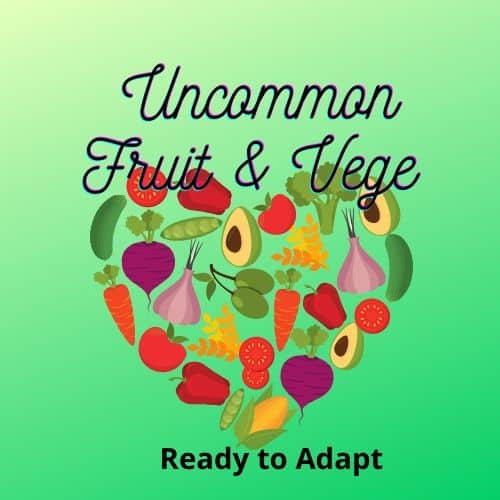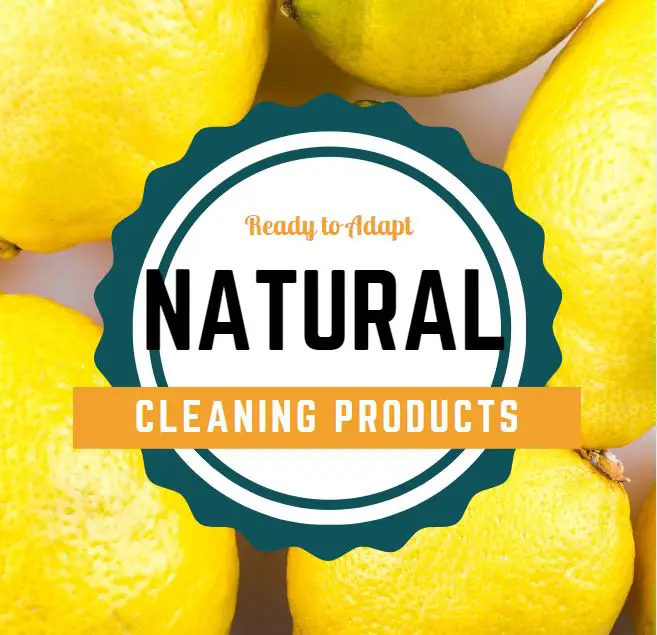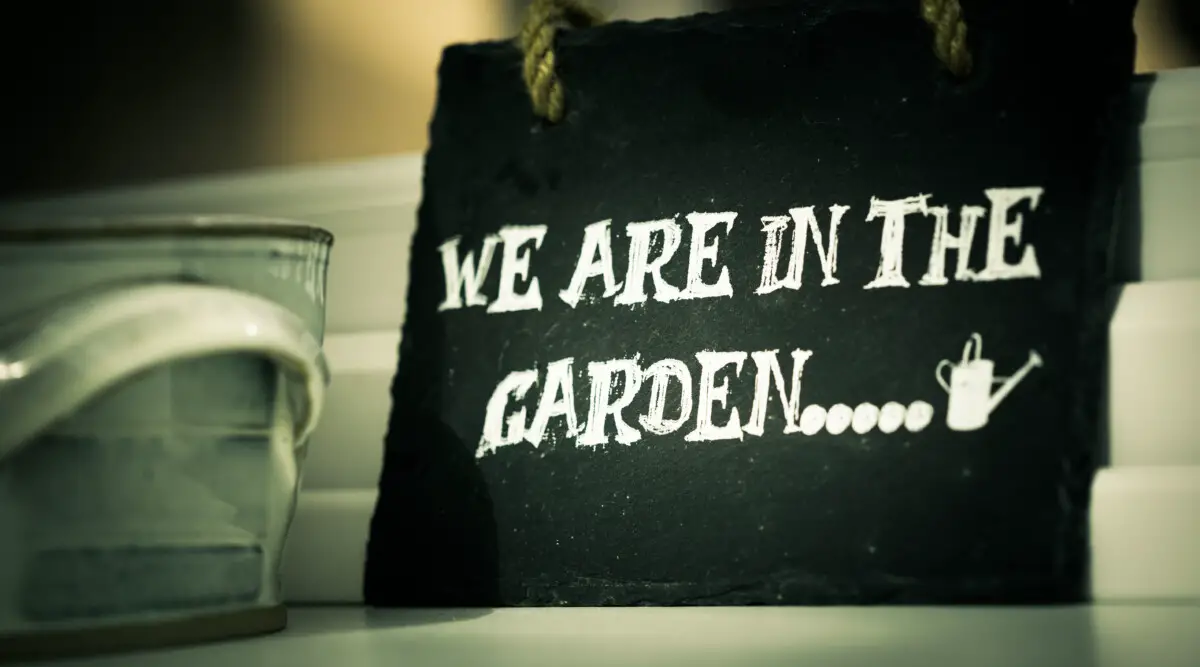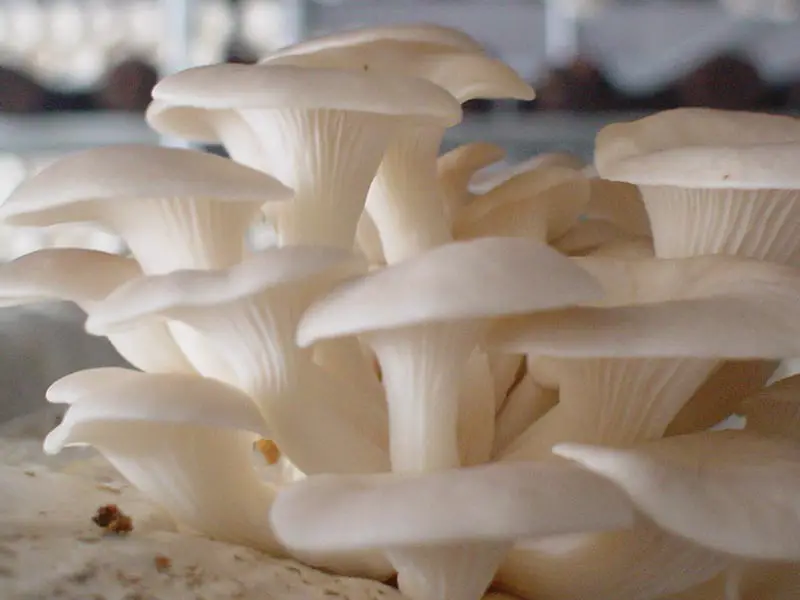Fascinating and Often Forgotten Fruit & Vegetables – How to Grow and Use Them
History
Glass Gem or Aztec Corn is reputed to come from Pawnee miniature popcorns with an Osage red flour corn and also another Osage corn called ‘Greyhorse developed by an Oklahoma farmer named Carl Barnes.
The Story goes that Barnes was attempting to get back in touch with his Native Indian roots by growing traditional foods. He then began selecting the most colourful corns to replant and the Glass Gem was born. His photo shown below went viral on social media platforms in 2012 sparking a massive amount of interest.

The corn itself is smaller than the sweet corn we are used to and a little tougher. It can be eaten as sweet corn but you will find it less sweet and more fibrous. The best use for this corn is making corn meal or polenta.
It could be viewed as an excellent example of what we can achieve when we do not fight against nature, but work in harmony with nature to achieve our goals.
Nature is infinitely varied and infinitely beautiful. By harnessing and taming it in our gardens, we can grow an amazing variety of food.
Glass gem corn is something special, an example that celebrates the variety of heritage crops, and shows us that we can grow far more than just the same old boring commercial varieties in our gardens.
Growing Something Different
There are times when you find a plant that perfectly combines beauty and utility. Glass gem corn is one of the best and most stunning examples of this phenomenon.
The breathtaking colours of these corn cobs must be seen to be believed. Glass gem corn is the perfect example of the interesting results that can be achieved through selective plant breeding. The results are not synthetic. This colorful corn is the result of human action. But it is the result of human action working in collaboration with nature.

Corn doesn’t like frost so planting is generally done after the last frost of the year. This particular variety takes roughly 110 days to maturity. It stores well dried on the cob or off.
Plant seeds in rows of at least 3 blocks rather than in long single rows or bunches at around 1 inch depth and 6 inches apart for optimal pollination. Remember that corn cross pollinates readily so if you don’t want your sweet corn crossed with this variety plant them well away.
Each stalk will produce 1 to 3 ears so you will get a good amount of popping or grinding corn from a small amount of seed.
Get Your Taste Buds Ready
How does it taste? Most people don’t use it for eating off the cob as it has a hard outer which is known as “flint” but nevertheless there are those who have tried it and report it is a reasonable eating quality. The video below demonstrates growing, storing and processing the corn.
You won’t believe how easy it is to make your own crackers and you’ll feel great knowing that you can pronounce all of the ingredients. Crunchy cornmeal combined with the umami savoriness of Parmesan makes these true crowd-pleasers. They’re neutral enough to pair well with cheese but flavorful enough to stand alone. The dough is sturdy and easy to work with. These cornmeal, parmesan and poppy crackers from TheKitchn.com are getting my taste buds all set.

It’s extremely gratifying when something so simple — namely Mark Bittman’s recipe for cornmeal pancakes — results in something so outrageously good. Nothing more than soaked cornmeal thinned out with a bit of milk and olive oil, these pancakes come off the griddle crispy-edged and tender in the middle.
These pancakes amount to a quick version of polenta. You mix the cornmeal with boiling water to soften it up and then add enough milk to make it into a loose batter. A few drops of oil add richness and silky texture.
The little cakes toast on the skillet, acquiring a crust that crunches as your fork bites in. The soft polenta-esque interior soaks up extra syrup and provides just the right contrast to the crispy edges.

Grinding your corn to make polenta or use as an alternative to breadcrumbs is easy and quick in a simple coffee grinder. Just run it through a sieve after to remove any tough unground pieces and feed them to your chickens or pop in the compost. Recipe Here

Basically anytime you could use polenta or breadcrumbs you can use your Glass Gem Ground Corn. It does also make a pretty awesome pop corn.

Versatility is the name of the game here. So many of the heirloom vegetables we grow can be used in a multitude of ways. You are only limited by your imagination. The only question remaining is – Will you be planting it this spring? I know I will.




